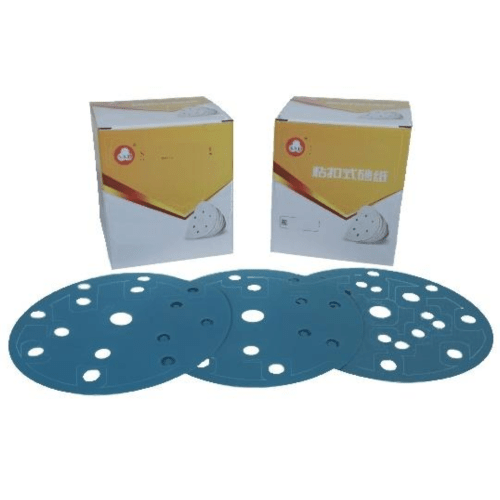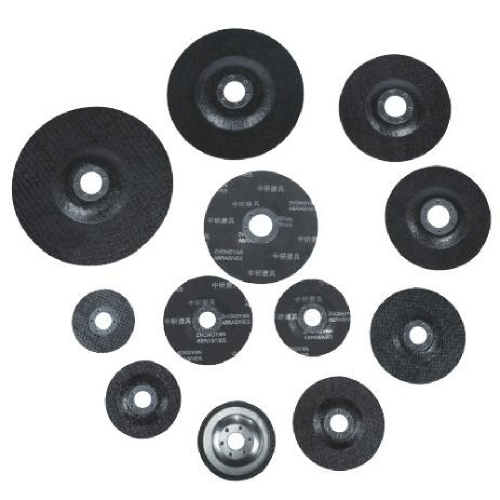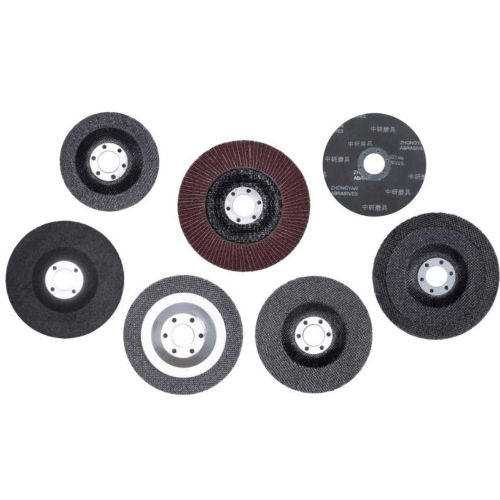wheel grinding force
Wheel grinding force represents a fundamental parameter in precision machining processes, encompassing the various forces acting between the grinding wheel and workpiece during material removal operations. This critical metric consists of three primary components: normal force, tangential force, and axial force. The normal force acts perpendicular to the grinding surface, directly influencing the depth of cut and surface finish quality. The tangential force operates parallel to the cutting direction, determining the power requirements and energy efficiency of the grinding process. Meanwhile, the axial force affects the lateral stability and precision of the grinding operation. Understanding and controlling these forces is essential for optimizing grinding performance, as they directly impact surface quality, tool wear, and overall machining efficiency. Modern grinding systems incorporate advanced sensors and monitoring equipment to measure and regulate these forces in real-time, enabling precise control over the grinding process. This technological capability allows manufacturers to maintain consistent quality standards while maximizing productivity and minimizing tool wear. The wheel grinding force serves as a crucial indicator for process optimization, helping operators identify and prevent issues such as thermal damage, excessive wear, and suboptimal cutting conditions.


